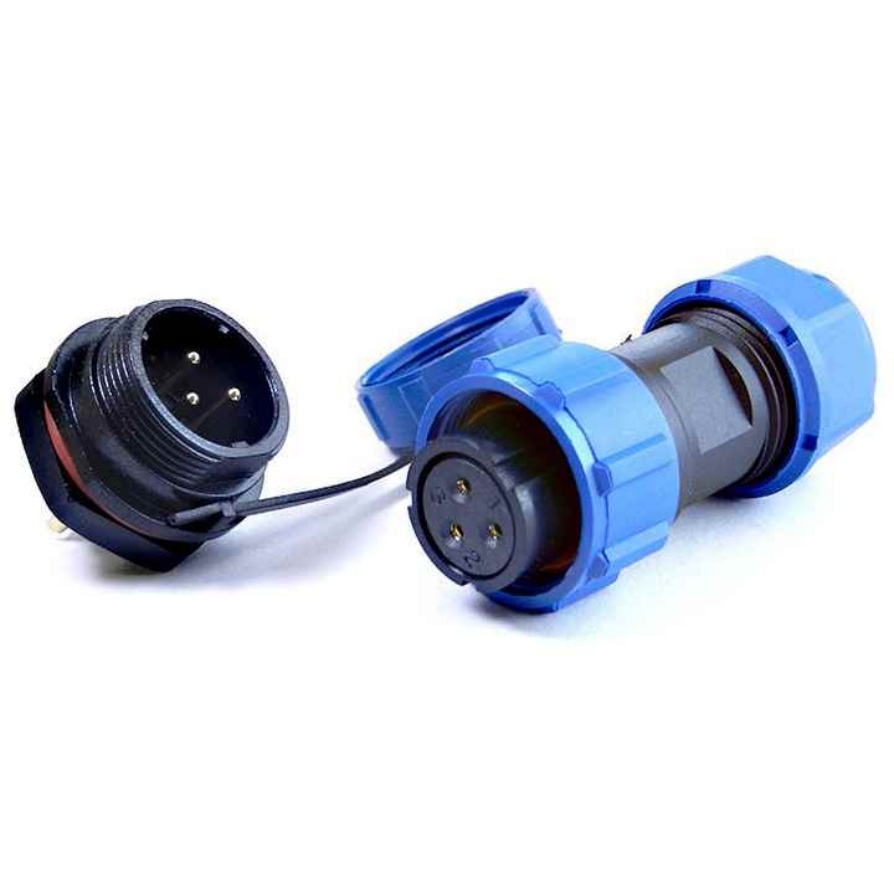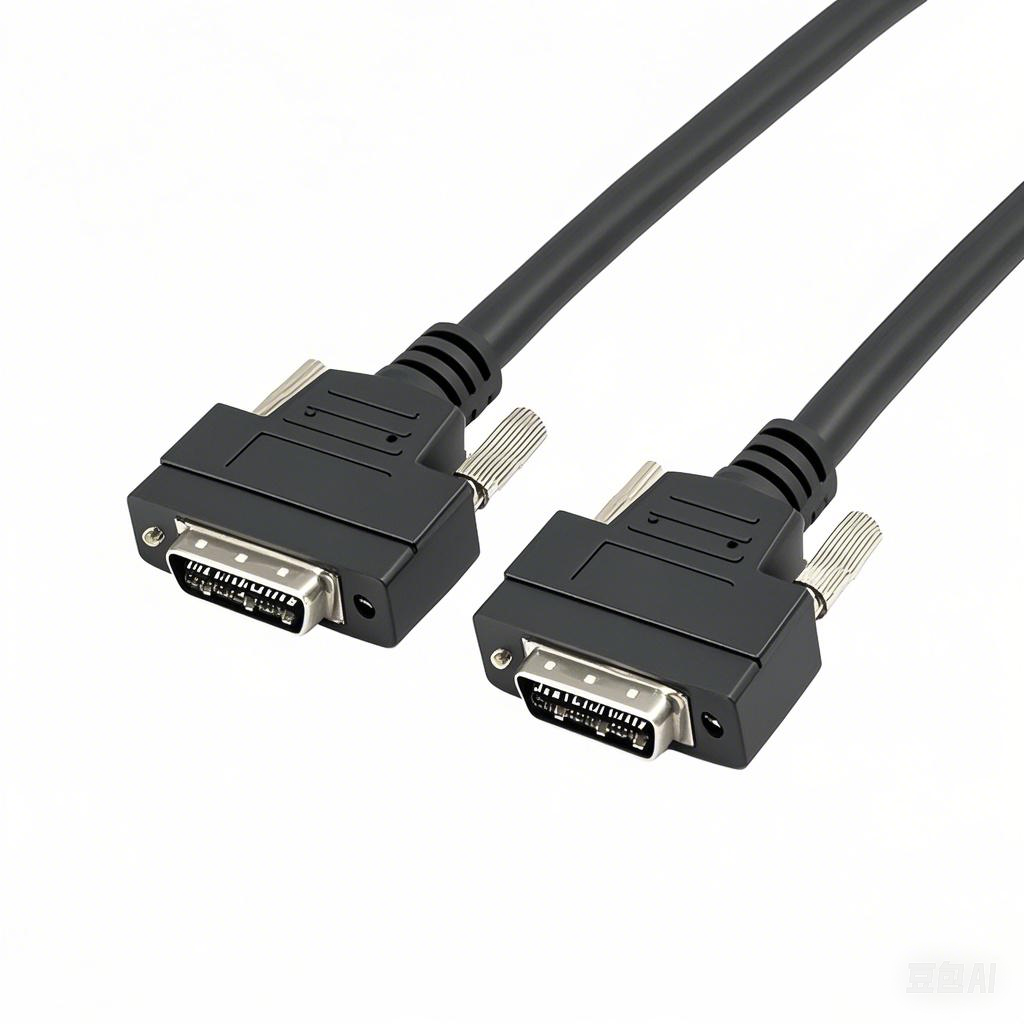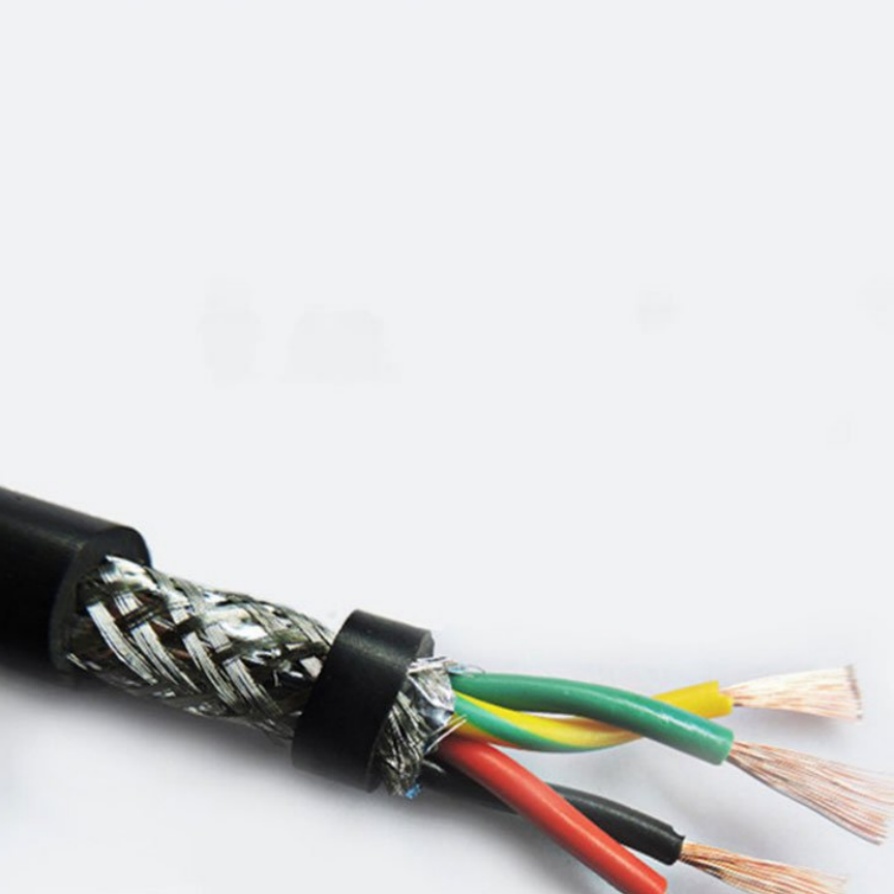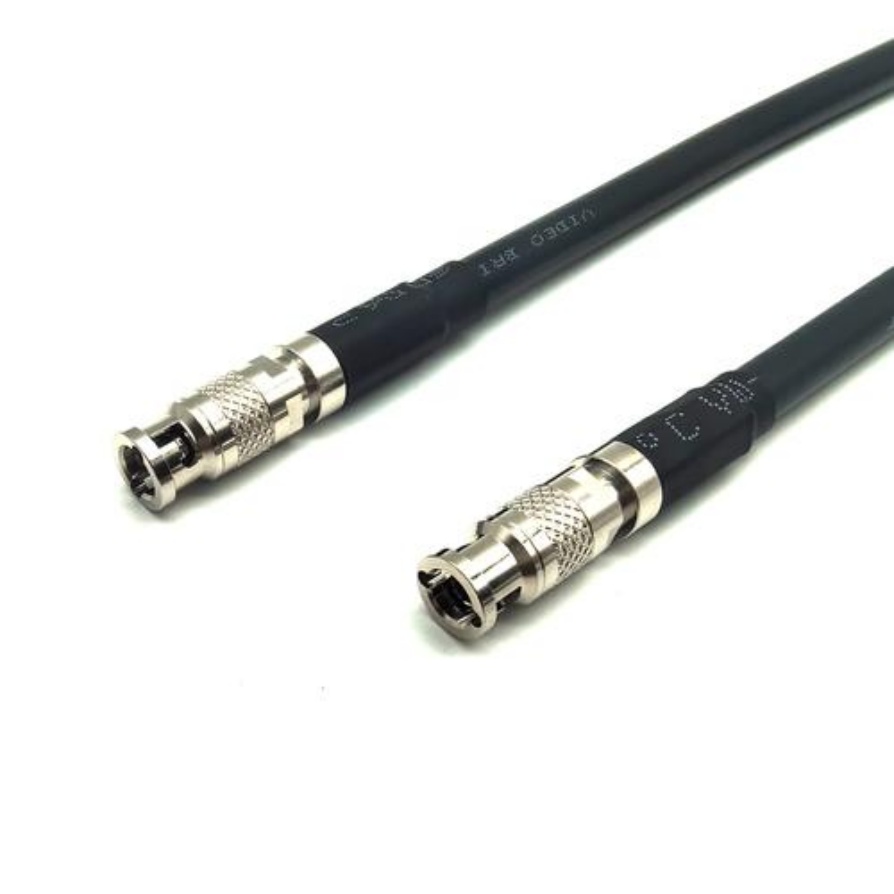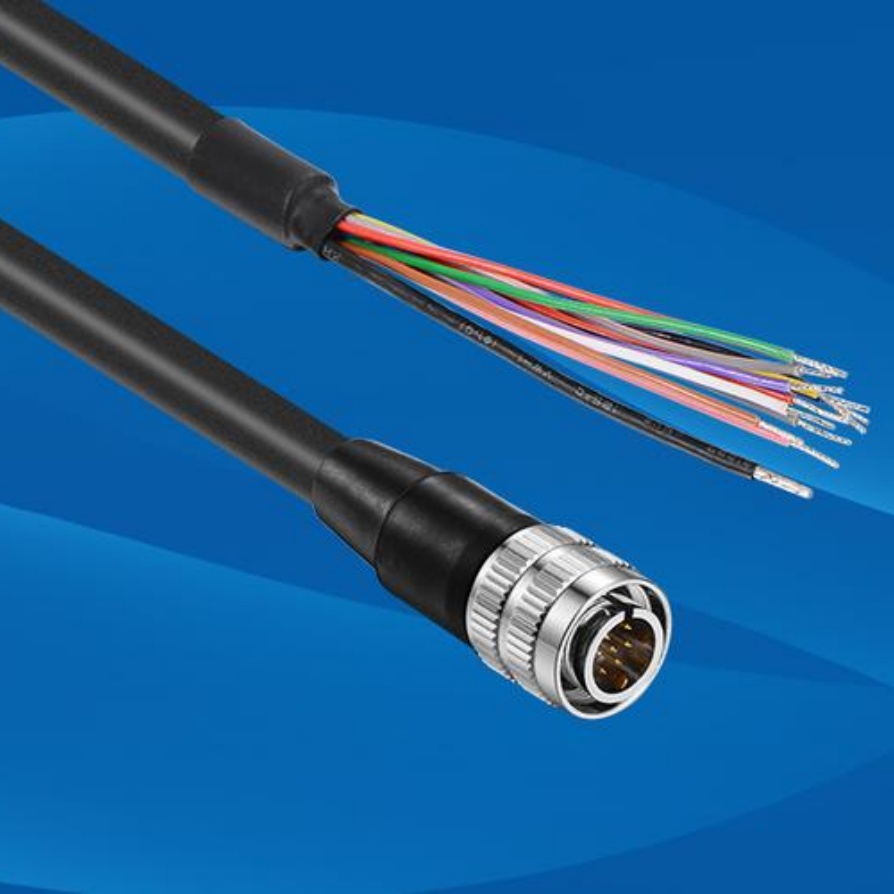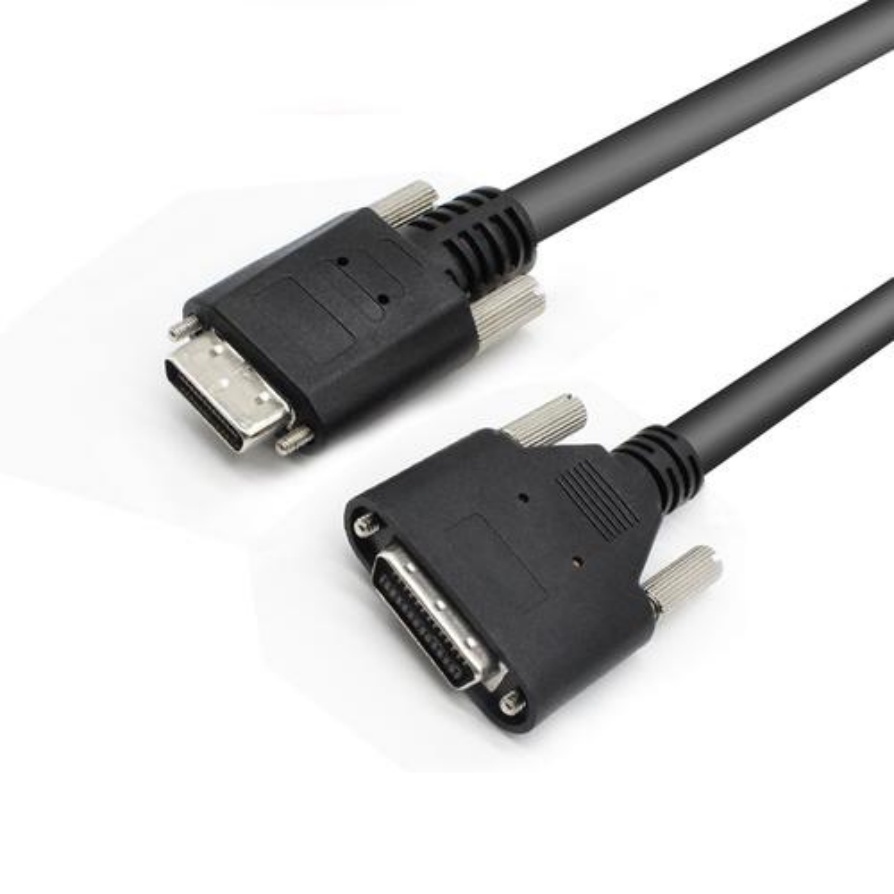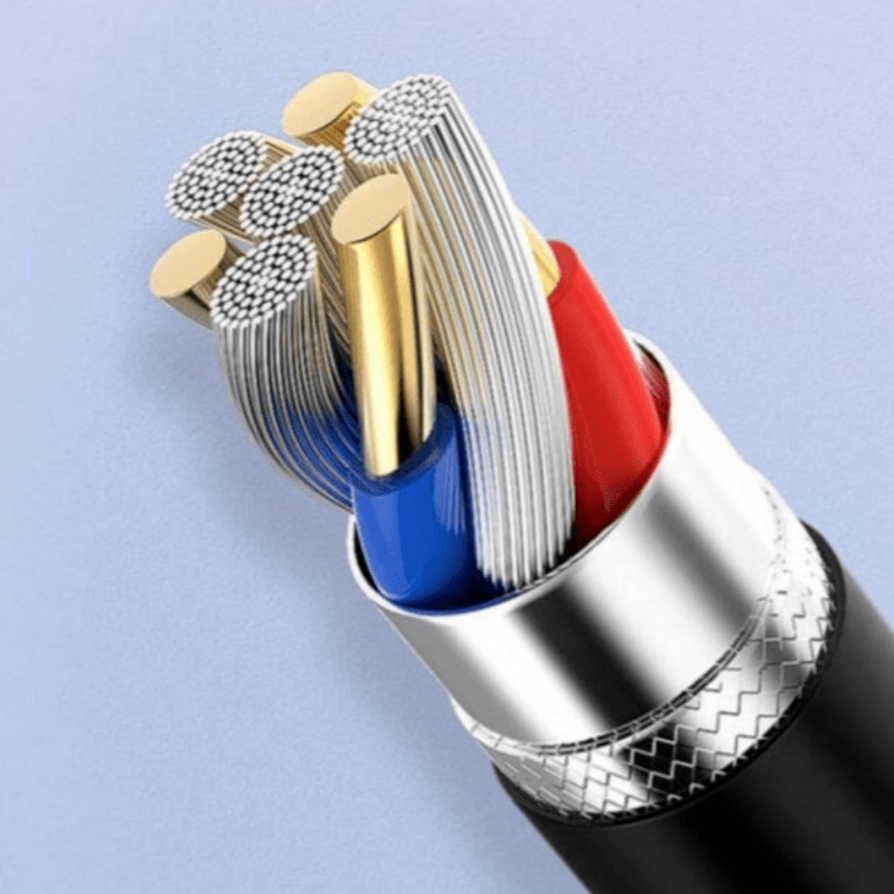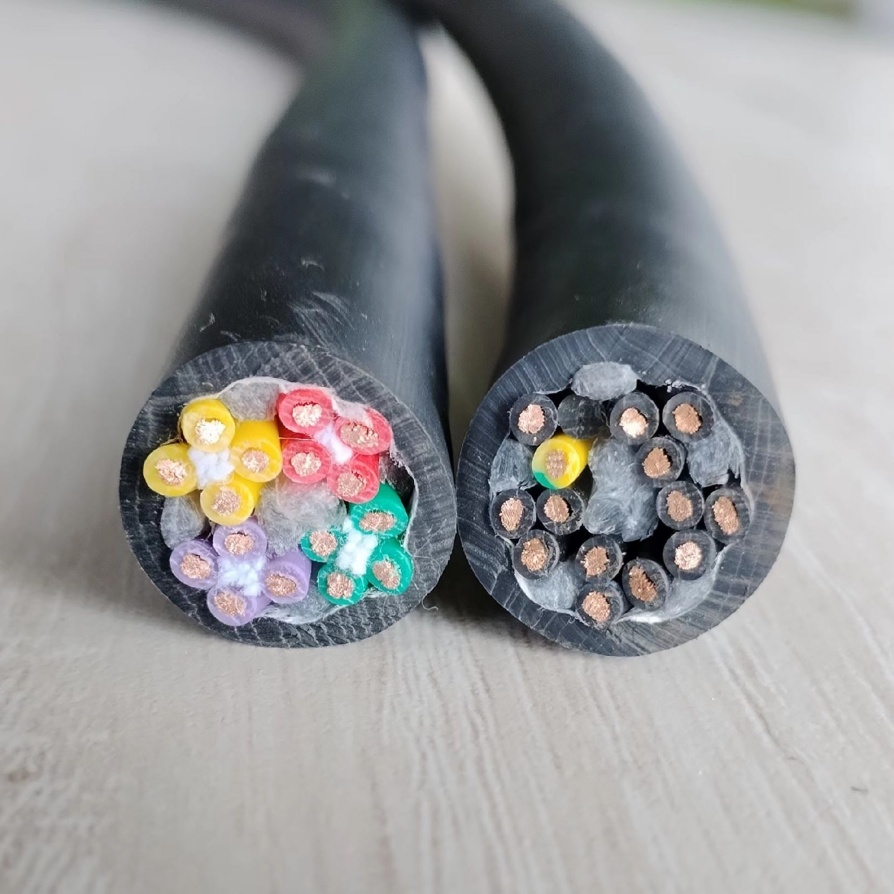What is the Conductor Material Purity of Machine Cable?
Machine cables are the lifeline of industrial operations, powering and transmitting signals for everything from precision 数控机床 (CNC machines) to heavy-duty manufacturing equipment. Among the many factors that determine a machine cable’s performance, reliability, and lifespan, conductor material purity stands out as a critical yet often overlooked parameter. For industrial buyers, engineers, and maintenance teams searching for “material purity of machine cable,” understanding this concept is not just about technical knowledge—it’s about avoiding costly downtime, ensuring equipment safety, and optimizing long-term operational efficiency.
1. Definition of Conductor Material Purity for Machine Cables
Conductor material purity refers to the percentage of the primary conductive metal (e.g., copper, aluminum) in the conductor, relative to the presence of impurities such as iron, oxygen, sulfur, or nickel. In simpler terms, it measures how “pure” the metal is that carries electricity or signals through the cable.
For machine cables, conductors are typically made of copper (the most common choice) or aluminum (for lightweight, cost-sensitive applications). Pure copper, for example, is defined by its copper content: a purity level of 99.95% means only 0.05% of the material is made up of non-copper impurities. This seemingly small fraction of impurities, however, can have a dramatic impact on the cable’s ability to perform under industrial conditions—where vibrations, temperature fluctuations, and high current loads are daily realities.
Why does this definition matter? Because “purity” is not a vague term: it is a measurable, standardized metric. Industrial standards (such as ASTM, IEC, or GB) set clear thresholds for conductor purity based on the cable’s intended use, ensuring consistency across manufacturers and helping buyers compare products objectively.
2. Why Conductor Material Purity Matters for Machine Cables
For anyone researching “material purity of machine cable,” the core question is likely: Does purity really make a difference? The answer is a resounding yes—purity directly influences four key aspects of machine cable performance that are critical to industrial operations:
2.1 Electrical Conductivity
The primary job of a machine cable conductor is to transmit electricity with minimal resistance. Pure metals have a more uniform atomic structure, which allows electrons to flow freely. Impurities disrupt this structure, increasing electrical resistance.
- A copper conductor with 99.99% purity (often labeled as T1 copper) has a conductivity rating of 101% IACS (International Annealed Copper Standard)—the benchmark for electrical performance.
- A copper conductor with just 99.5% purity (common in low-quality cables) may have a conductivity rating of 95% IACS or lower.
In practice, this means a lower-purity conductor will generate more heat when carrying current. For high-power machine tools (e.g., metal-cutting lathes), this excess heat can degrade the cable’s insulation, leading to short circuits or even equipment fires. It also wastes energy: higher resistance translates to higher electricity bills over the cable’s lifespan.
2.2 Mechanical Durability
Machine cables operate in harsh environments: they are bent, twisted, pulled, and exposed to oil, chemicals, and extreme temperatures. Purity directly affects the conductor’s mechanical strength and flexibility.
- Impurities like iron or sulfur make copper brittle. A low-purity copper conductor is more likely to crack or break when subjected to repeated bending (e.g., in robotic arms or moving conveyor systems).
- High-purity copper, by contrast, retains its ductility—even after thousands of cycles of movement. This reduces the need for frequent cable replacements, cutting maintenance costs and avoiding unplanned production downtime.
2.3 Corrosion Resistance
Industrial facilities are often humid, dusty, or exposed to corrosive substances (e.g., coolants in machining centers or chemicals in automotive plants). Impurities in the conductor act as “weak points” for corrosion.
- Oxygen impurities, for example, form copper oxide on the conductor’s surface. This oxide layer is non-conductive and can spread over time, blocking current flow and causing intermittent signal failures.
- High-purity conductors (especially those with oxygen levels below 0.003%) are far more resistant to corrosion. This is critical for outdoor or wet-area applications, such as construction machinery or marine equipment, where cables must last for years without degradation.
2.4 Long-Term Reliability
For industrial operations, downtime is expensive. A single cable failure can halt an entire production line, costing thousands of dollars per hour. High-purity conductors reduce this risk by ensuring consistent performance over time.
- Low-purity conductors degrade faster: their resistance increases as impurities react with the environment, and their mechanical strength weakens. This leads to premature failure—often within 1–2 years for low-quality cables.
- High-purity conductors (e.g., T2 copper with 99.95% purity) can last 5–10 years or more in industrial settings, providing predictable performance and reducing the total cost of ownership (TCO) for equipment.
3. Common Conductor Materials and Their Purity Standards for Machine Cables
Not all machine cables use the same conductor material, and each material has its own purity standards. For buyers searching for “material purity of machine cable,” understanding these standards is key to choosing the right product for their application.
3.1 Copper Conductors (Most Common)
Copper is the gold standard for machine cable conductors because of its high conductivity, ductility, and corrosion resistance. The two most common purity grades for industrial use are:
- T1 Copper (99.99% Purity): The highest-purity copper available for commercial cables. It meets ASTM B3 standards and is used in high-performance applications where conductivity and reliability are critical—such as precision CNC machines, medical equipment, or aerospace manufacturing tools. Its conductivity rating of 101% IACS ensures minimal heat generation, even under high current loads.
- T2 Copper (99.95% Purity): The most widely used grade for general industrial machine cables. It meets ASTM B170 standards and balances performance with cost-effectiveness. T2 copper is ideal for standard machine tools, conveyor systems, and industrial robots, where conductivity needs are high but not extreme.
3.2 Aluminum Conductors
Aluminum is lighter and cheaper than copper, making it a choice for large, fixed machine cables (e.g., power cables for stationary industrial pumps or generators). Its key purity standard is:
- 1050 Aluminum (99.5% Purity): The primary grade for machine cable conductors. It has a conductivity rating of 61% IACS (lower than copper) but offers significant weight savings. However, aluminum is more prone to oxidation and mechanical fatigue than copper, so its purity is even more critical—impurities can exacerbate these weaknesses, leading to premature failure.
3.3 Copper Alloy Conductors
In specialized applications (e.g., high-temperature furnaces or high-vibration equipment), copper alloys (e.g., copper-silver, copper-tin) are used. These alloys retain high purity levels while adding small amounts of other metals to enhance specific properties:
- Copper-Silver Alloy (99.9% Copper + 0.1% Silver): Offers higher temperature resistance than pure copper (up to 250°C) while maintaining 98% IACS conductivity. It is used in machine cables for heat-treated equipment or foundries.
- Copper-Tin Alloy (99.5% Copper + 0.5% Tin): Improves mechanical strength, making it suitable for cables in heavy machinery (e.g., construction cranes) that are subjected to constant pulling or impact.
4. Key Factors Influencing Conductor Material Purity
For buyers, knowing what affects purity can help them evaluate manufacturers and avoid low-quality cables. The purity of a machine cable’s conductor is determined by three critical stages in the production process:
4.1 Raw Material Sourcing
The purity of the conductor starts with the raw metal. Low-quality manufacturers often use recycled or scrap metal that contains high levels of impurities (e.g., old electrical wires mixed with other metals).
- Reputable manufacturers source primary metals from certified suppliers: for copper, this means electrolytic copper cathodes (the purest form of raw copper, with 99.99% purity).
- Look for manufacturers that provide certificates of analysis (CoA) for their raw materials, proving the metal meets ASTM or IEC purity standards.
4.2 Melting and Refining Processes
Even high-quality raw metal can become contaminated during melting and refining. The process used to turn raw metal into conductor wire plays a major role in maintaining purity:
- Vacuum Melting: A advanced process that removes impurities (such as oxygen and sulfur) by melting the metal in a vacuum. This is used for high-purity grades like T1 copper.
- Continuous Casting: A common process for T2 copper that uses closed systems to prevent air or dust from entering the melt. Low-quality manufacturers may use open casting, which allows impurities to mix with the metal.
4.3 Quality Control and Testing
Purity cannot be guaranteed without rigorous testing. The best manufacturers test conductors at multiple stages:
- In-Process Testing: Samples are taken during melting and wire drawing to check for impurities using real-time tools like optical emission spectrometers (OES), which can detect impurities at levels as low as 0.001%.
- Final Product Testing: Every batch of cables undergoes conductivity testing (using a four-point probe) and chemical analysis to confirm purity meets standards.
Manufacturers that skip these tests often produce cables with inconsistent purity—some may meet standards, while others fall short.
5. Testing Methods for Conductor Material Purity
If you’re verifying the purity of a machine cable conductor, there are four reliable testing methods used by industry professionals. Understanding these methods can help you ask the right questions when working with manufacturers:
5.1 Optical Emission Spectroscopy (OES)
The most common method for industrial testing. OES works by heating a small sample of the conductor to a high temperature (using an electric arc or spark), causing the metal to emit light. Each element (e.g., copper, iron, oxygen) emits a unique wavelength of light, which is analyzed to measure impurity levels.
- Advantages: Fast (results in 1–2 minutes), accurate (detects impurities down to 0.0001%), and non-destructive (only a tiny sample is needed).
- Use Case: Used by manufacturers for in-process quality control and by third-party labs for certification.
5.2 Resistivity Measurement
Since purity directly affects conductivity (and thus resistivity), measuring a conductor’s resistivity is an indirect but effective way to assess purity. The test uses a four-point probe to measure the resistance of a standardized length of wire, then calculates resistivity using Ohm’s law.
- Advantages: Simple, cost-effective, and can be done on finished cables (no need to cut samples).
- Use Case: Ideal for on-site testing by maintenance teams to verify if a cable meets its stated purity grade.
5.3 Density Measurement
Pure metals have a known density (e.g., copper has a density of 8.96 g/cm³ at 20°C). Impurities change this density—for example, iron (7.87 g/cm³) lowers the density of copper, while gold (19.3 g/cm³) increases it.
- Advantages: Highly accurate for detecting heavy metal impurities (e.g., lead, gold) that may be missed by OES.
- Use Case: Used for high-precision applications (e.g., medical or aerospace machinery) where even trace heavy metals can cause issues.
5.4 Chemical Analysis (Titration)
A lab-based method that uses chemical reagents to react with specific impurities. For example, titration can measure the oxygen content in copper by reacting the sample with a chemical that binds to oxygen, then calculating the amount of oxygen based on the reagent used.
- Advantages: Extremely precise for measuring specific impurities (e.g., oxygen, sulfur) that impact corrosion resistance.
- Use Case: Used for certification of high-purity grades like T1 copper or copper-silver alloys.
6. Practical Tips for Choosing Machine Cables with High Conductor Purity
For buyers and engineers, translating knowledge of “material purity of machine cable” into action means selecting the right cable for their needs. Here are five practical tips to guide your decision:
- Match Purity to Application: Don’t overspend on ultra-high purity if you don’t need it. For example:
- Use T1 copper (99.99% purity) for precision CNC machines or medical equipment.
- Use T2 copper (99.95% purity) for standard industrial robots or conveyor systems.
- Use 1050 aluminum (99.5% purity) for fixed, low-vibration equipment like stationary pumps.
- Ask for Certifications: Always request a certificate of compliance (CoC) or certificate of analysis (CoA) from the manufacturer. These documents should confirm the conductor’s purity grade (e.g., T2 copper) and reference relevant standards (e.g., ASTM B170).
- Avoid “Generic” Purity Claims: Be wary of manufacturers that claim their cables use “high-purity copper” without specifying a grade (e.g., T1 vs. T2) or percentage. Vague claims often hide low-quality materials.
- Consider the Total Cost of Ownership (TCO): A high-purity cable may cost 10–20% more upfront, but it will last 2–3 times longer than a low-purity cable. Calculate TCO by factoring in replacement costs, maintenance time, and downtime—high-purity cables almost always offer better long-term value.
- Partner with Experienced Manufacturers: Manufacturers that specialize in machine cables (not general-purpose cables) have a deeper understanding of purity requirements. They are more likely to use certified raw materials, advanced refining processes, and rigorous testing.
Choose FRS: Your Trusted Partner for High-Purity Machine Cables
When it comes to “material purity of machine cable,” FRS stands out as a leading manufacturer dedicated to delivering reliable, high-performance solutions for industrial applications. For over a decade, we have focused on one goal: engineering machine cables that minimize downtime, reduce energy waste, and stand up to the harshest industrial environments—all built on a foundation of strict conductor purity control.
At FRS, we don’t just meet industry standards—we exceed them. Our conductor materials are sourced exclusively from certified suppliers, with every batch of copper (T1 and T2 grades) and aluminum (1050 grade) accompanied by a full CoA to guarantee purity. We use vacuum melting for our high-performance T1 copper conductors, ensuring impurity levels stay below 0.005%, and our continuous casting process for T2 copper uses closed systems to prevent contamination. Every conductor—whether for a precision CNC machine or a heavy-duty construction tool—undergoes OES testing and resistivity measurement before it becomes part of an FRS cable.
We understand that your operations depend on cables that perform consistently, day in and day out. That’s why FRS machine cables with high-purity conductors offer:
- 99.95%–99.99% copper purity (per ASTM standards) for maximum conductivity and minimal heat generation.
- Superior mechanical durability, with conductors that resist cracking even after 10,000+ bending cycles.
- Enhanced corrosion resistance, making our cables ideal for humid, chemical-exposed, or outdoor applications.
- A 5–10 year lifespan, reducing maintenance costs and unplanned downtime.
Whether you need a custom cable for a specialized machine or a standard solution for your production line, FRS has the expertise to deliver. We work closely with your team to understand your application’s unique needs—from temperature and vibration levels to current requirements—and recommend the perfect conductor purity grade to optimize performance and value.
Choose FRS for machine cables where purity isn’t just a specification—it’s a promise. Contact us today to learn more about our high-purity conductor options or to request a sample and CoA.编辑分享
在内容中加入机器电缆导体材料纯度的常见标准
创作一篇以“What is the conductor material purity of machine cable”为标题的中文网站优化内容
推荐一些关于机器电缆导体材料纯度的权威研究报告


